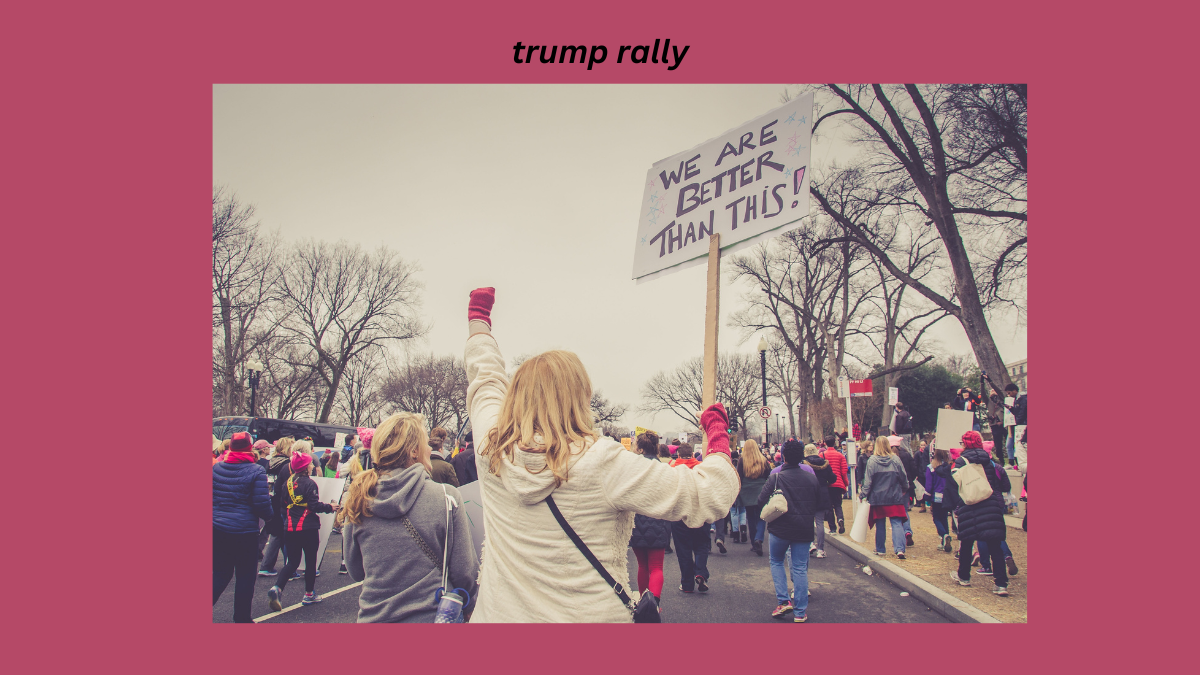Title: The Impact of Donald Trump’s Rallies on U.S. Politics: A Closer Look
Donald Trump’s political rallies have been a defining feature of his political career, both during his time as president and in his post-presidency era. These large, often highly energized gatherings provide a window into the dynamics of populism, the power of direct voter engagement, and the ways in which Trump has reshaped political campaigning in the United States. Trump’s rallies are not merely political events; they are cultural phenomena that reflect the deep divisions in American society, the loyalty of his base, and his approach to governance and leadership.
The Purpose and Appeal of Trump’s Rallies
From the start of his 2016 presidential campaign, Donald Trump’s rallies stood out for their size, spectacle, and tone. While many presidential candidates hold rallies, Trump’s events quickly became a hallmark of his campaign strategy, with thousands of supporters flocking to arenas and open spaces to hear him speak. These rallies are characterized by a few key elements:
- Direct Engagement: Trump speaks for long periods, often departing from prepared remarks to engage directly with the crowd. His unscripted style resonates with supporters who view him as an authentic outsider, unfiltered by traditional political norms.
- Populist Messaging: Trump’s rhetoric often centers around populist themes. He rails against elites, the media, and political insiders, framing himself as the voice of the “forgotten” American. His speeches highlight issues such as immigration, economic protectionism, and national security, topics that resonate deeply with his core supporters.
- Entertainment Value: Trump’s rallies have an entertainment quality, blending political messaging with humor, jabs at opponents, and a reality TV-style atmosphere. His crowd interactions, catchphrases like “Make America Great Again,” and slogans such as “Lock her up” or “Build the wall” create a sense of camaraderie and shared purpose among attendees.
- Media Strategy: These rallies also serve as a way to bypass traditional media channels. Trump often criticizes mainstream news outlets, labeling them as “fake news,” while relying on direct coverage of his events through conservative media, social platforms, and even live-streaming services. This media-savvy approach keeps his message front and center, allowing him to shape the narrative.
The Rally as a Political Tool
For Trump, the rally is more than just a campaign event. It is a form of political mobilization and a display of power. The large crowd sizes and enthusiasm are often framed as evidence of widespread support, even when polling or election results suggest otherwise. This emphasis on rally attendance became especially prominent in the lead-up to the 2020 election, where Trump frequently pointed to the energy of his rallies as a sign of electoral strength compared to his opponent, Joe Biden.
- Maintaining a Base: Trump’s rallies play a crucial role in maintaining the loyalty of his political base. They reinforce a shared identity among supporters and create an “us versus them” dynamic that fuels both enthusiasm and polarization. Attendees often describe these rallies as unifying experiences, where they feel part of a movement rather than just a political campaign.
- Campaign Fundraising and Data Gathering: Beyond energizing voters, Trump’s rallies serve practical political purposes. They are significant fundraising opportunities and a source for gathering voter data. Attendees often register their information online, providing valuable insights for targeted campaigning.
- Post-Presidency Influence: Even after leaving office, Trump has continued to hold rallies, signaling his ongoing influence within the Republican Party and among his supporters. These rallies allow him to remain relevant in national conversations, assert his leadership in the party, and shape future political directions, including potential runs for future office.
Controversies and Criticisms
While Trump’s rallies are wildly popular among his base, they have also been the subject of considerable controversy. Critics argue that the rallies often promote division, misinformation, and dangerous rhetoric. Key areas of concern include:
- Misinformation: Fact-checkers and media organizations have often pointed out that Trump’s speeches at rallies include false or misleading claims, particularly regarding election integrity, immigration, and COVID-19. The spread of misinformation at these events is seen as a significant challenge for public discourse.
- Incitement and Violence: Trump’s critics have raised concerns about the tone of his rhetoric, arguing that it encourages violence or hostility. The January 6, 2021, Capitol riot, in which a mob of Trump supporters stormed the U.S. Capitol after a rally in Washington, D.C., is seen by many as the most extreme example of how his rhetoric can incite dangerous actions.
- Public Health Concerns: During the COVID-19 pandemic, Trump’s rallies drew criticism for defying public health guidelines. Many rallies were held in defiance of social distancing measures, with limited mask usage, raising concerns about their potential to spread the virus.
Conclusion: A Political Legacy Defined by Rallies
Donald Trump’s rallies have undeniably left a lasting impact on U.S. political culture. They have amplified his populist message, solidified his base, and shaped the Republican Party’s identity in the post-Trump era. While they are praised by supporters as a form of direct democracy and engagement, they are equally criticized for fostering division and spreading harmful rhetoric.
In a broader context, Trump’s rally-based political strategy has redefined how future candidates may approach campaigning. The rallies serve as a reminder of the powerful role that spectacle, media, and direct voter interaction play in modern American politics. Whether he runs for office again or continues to influence from the sidelines, Donald Trump’s rallies will remain a defining feature of his political legacy.
